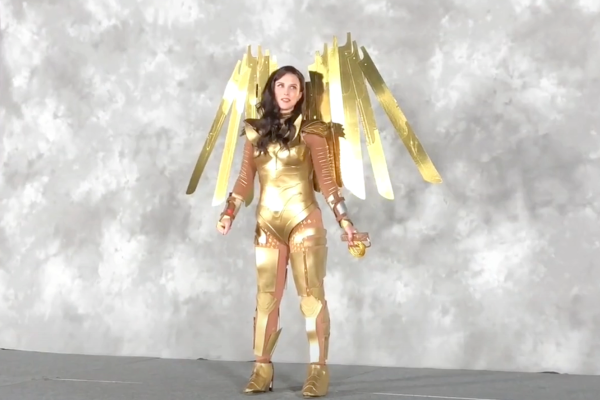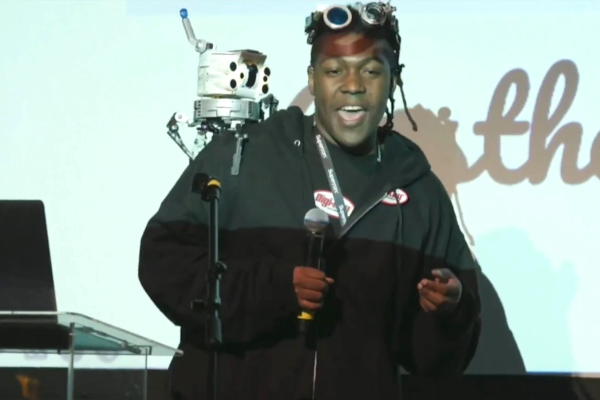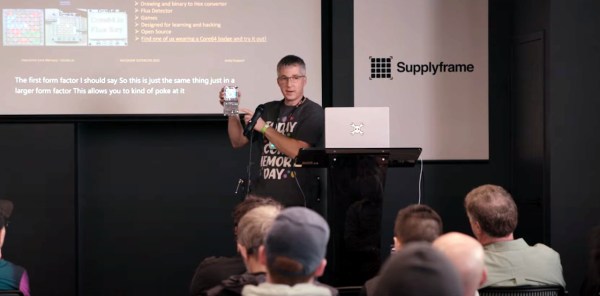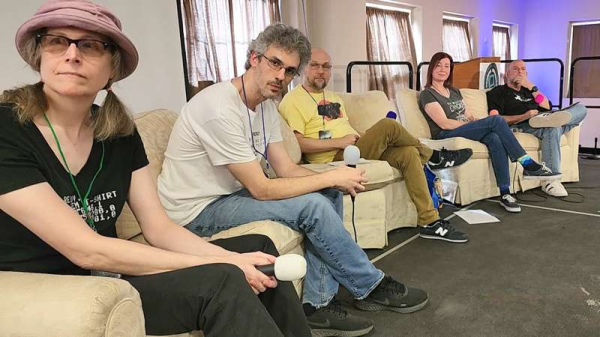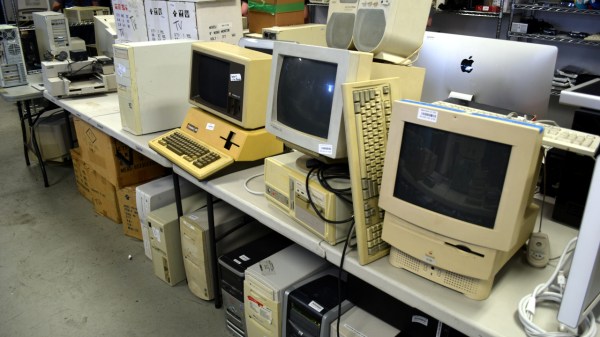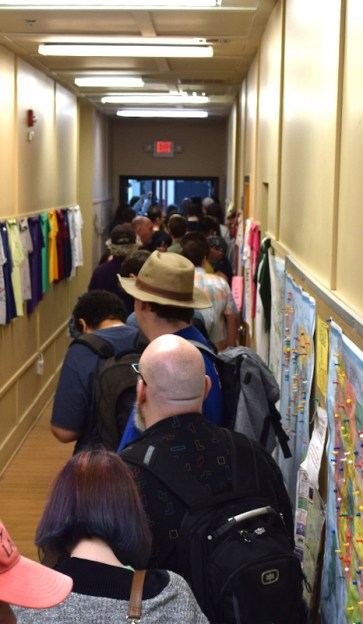Are you, by any chance, wondering about giving yourself wings? You should listen to [Liz McFarland] sharing her experience building a Wonder Woman suit, and not just any – the Golden Eagle suit from Wonder Woman 1984, adorned with a giant pair of wings. If a suit like that is in your plans, you’ll be warmly welcomed at a cosplay convention – and [Liz] had her sights on the San Diego Comic Con. With an ambitious goal of participating in the Comic Con’s cosplay contest, the suit had to be impressive – and impressive, it indeed was, not just for its looks, but for its mechanics too.
[Liz] tells us everything – from producing the wings and painting them, to keeping them attached to the body while distributing the weight, and of course, things like on-venue nuances and safety with regards to other participants. The dark side of cosplay building reality isn’t hidden either – talking, of course, about the art of staying within a reasonably tight budget. This build takes advantage of a hackerspace that [Liz] is an active member in – the [Crash Space] in LA. Everything is in – lasercutting, 3D printing, and even custom jigs for bending wing-structual PVC pipes play a role.
It would have been a travesty to not have the wings move at will, of course, and [Liz] had all the skills you could want for making the wings complete. She went for two linear actuators, walking us through the mechanical calculations and considerations required to have everything fit together. It’s not easy to build a set of wings on its own, let alone one that moves and doesn’t crumble as you use it – if you have already attempted bringing mechanical creations like this into life, you can see the value in what [Liz] shares with us, and if you haven’t yet delved into it, this video will help you avoid quite a few pitfalls while setting an example you can absolutely reach.
The suit was a resounding success at the con, and got [Liz] some well-earned awards – today, the suit’s story is here for the hackers’ world. Now, your cosplay aspirations have an inspiring real-life journey to borrow from, and we thank [Liz] for sharing it with us.
Continue reading “Supercon 2022: [Liz McFarland] Builds Golden Wings, Shows You How”

